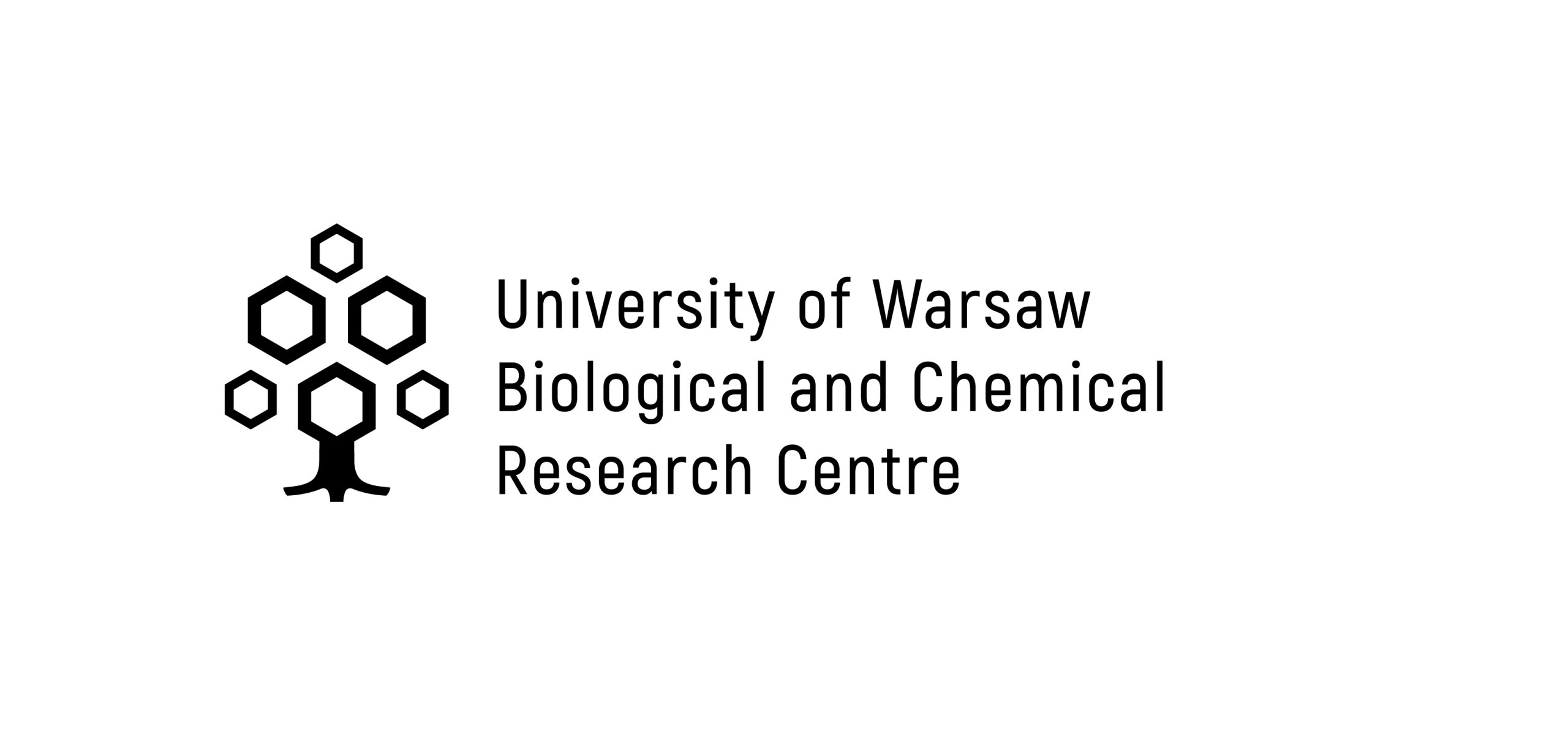Functional gel materials
Description of the Group:
The research interests of the group focus on the design and synthesis of new, advanced structural and multifunctional gel materials, as well as their practical applications. The studies aim to modify polymer gels to impart specific properties. We strive for these materials to be sensitive to specific external stimuli, such as undergoing volume phase transitions under expected conditions, releasing active substances in a controlled manner, degrading under specific conditions, self-assembling, and self-healing, as well as sorbing certain chemical compounds.
The research conducted is interdisciplinary, combining materials chemistry, electrochemistry, analytical chemistry, biology, pharmacy, medicine, as well as environmental protection and art conservation.
One of the key areas of our research is the development of electroresponsive gel materials, the size and shape of which can be controlled using electrical stimuli. Such materials are particularly interesting for the construction of soft actuators and can serve as prototypes for artificial muscles.
Another significant topic is the design of gel materials dedicated to selective surface cleaning, which is especially important in art conservation. We have developed a nanocomposite organogel with high mechanical strength, capable of absorbing and retaining specific solvent mixtures. Its transparency allows monitoring of the cleaning process.
We also study gel systems for controlled release of active substances. Our research focuses on micro- and nanogel colloidal systems, where the release of substances is initiated by changes in environmental parameters (e.g., temperature, pH, glucose concentration). Additionally, we functionalize the surfaces of these materials, such as with vitamin B12, to target cancer cells. We are also constructing electrode-gel systems, where an electrical stimulus controls the release process, which is especially desirable for transdermal and implantable systems for controlled delivery of therapeutics.
In the area of functional hydrogels, we are developing materials for use in epidermal motion sensors that enable real-time body movement monitoring or speech recognition. We design new hydrogels with appropriate mechanical properties and conductivity, which depend on elongation and the ability to self-repair in case of damage.
We are also engaged in modifying conductive surfaces (electrodes) with functional thin polymer films, creating sensors, biosensors, and ON-OFF type electrodes for the detection of compounds such as hydrogen peroxide, glucose, or oxygen.
Research Activities:
- Design and synthesis of electroresponsive gel materials as soft actuators (artificial muscles, soft robots, valves, pumps);
- Gel materials for selective surface cleaning and their applications, including art conservation;
- Micro- and nanogels for controlled delivery and release of active substances;
- Multifunctional gel materials as motion sensors, sensors, and biosensors;
- Hydrogels as an interface between living tissue and electronic devices.
Research Equipment:
| Equipment Name | Contact Person / Room Number | |
| 1 | Oscillatory Rheometer | Dr. Klaudia Kaniewska / 4.103 |
| 2 | Dynamic Light Scattering (DLS) | Dr. Kamil Marcisz / 4.103 |
| 3 | Quartz Microbalance with Energy Dissipation Measurement Capability | Dr. Kamil Marcisz / 4.103 |
| 4 | Tensile Machine | Dr. Klaudia Kaniewska / 4.103 |
| 5 | Scanning Electron Microscope (SEM) | Dr. Kamil Marcisz / 4.103 |
| 6 | Potentiostat | Dr. Klaudia Kaniewska / 4.103 |
| 7 | UV-Vis Spectrophotometer | Dr. Klaudia Kaniewska / 4.103 |
About Team Leader:
Prof. Karbarz is a co-author of over one hundred publications in journals from the so-called Philadelphia list, which mainly address various aspects related to obtaining new, advanced polymer materials, including environmentally sensitive “smart” gel materials with desirable properties. He has been the principal investigator of five grants from the National Science Centre of Poland and the Ministry of Science and Higher Education of Poland.
He has received several awards and distinctions for his scientific work, including the A. Grabowski Award and the W. Kemula Award for achievements in the field of materials chemistry. Additionally, he has been recognized by the Rector for achievements that contribute to the development and prestige of the University of Warsaw. He is a co-author of two international patents and four patent applications. He collaborates with teams from Germany, the USA, Cyprus, China, Belgium, and Switzerland, as well as with several institutions in Poland, such as Gdańsk University of Technology, Warsaw University of Technology, and National Medicines Institute.
Significant Achievements:
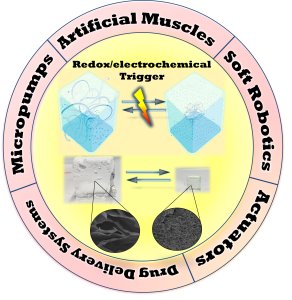
Development of electroresponsive gel materials, whose size and shape can be controlled by electrical stimuli, for the construction of soft actuators and advanced systems for the controlled release of active substances.

Design and synthesis of gel materials dedicated to selective surface cleaning and their application in the conservation of artworks.
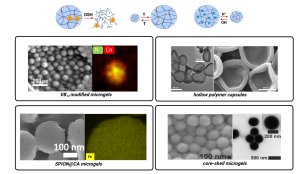
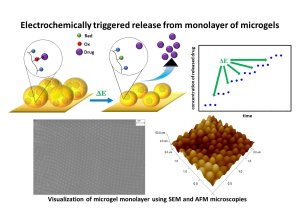
Synthesis and functionalization of micro- and nanogel systems for controlled delivery and release of active substances.
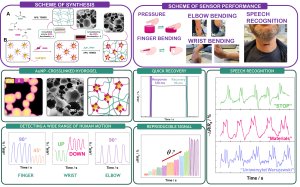
Developing materials for use in epidermal motion sensors that enable real-time monitoring of body movements and speech recognition.
